The average cost of liposuction in Iran (with the Best Plastic Surgeons) is between $ 400 and $ 4500. The cheapest type of liposuction in Iran is double chin liposuction surgery, which is performed in Shiraz and its price is $400. At the same time, the most expensive liposuction surgery in Iran is Lipo 360 (a procedure used to contour and shape the midsection and 360 degrees around), which is performed in Tehran at a price of $ 4000.
It’s worth noting that both prices will cover the cost of Liposuction surgery, hospital and anesthesia, pre-op tests, consultation, medication during hospitalization, checkup, follow-up, and compression garments.
The liposuction cost in Iran in 2023 is at least 270% lower than in the UK and 240% lower than the liposuction cost in the United States.
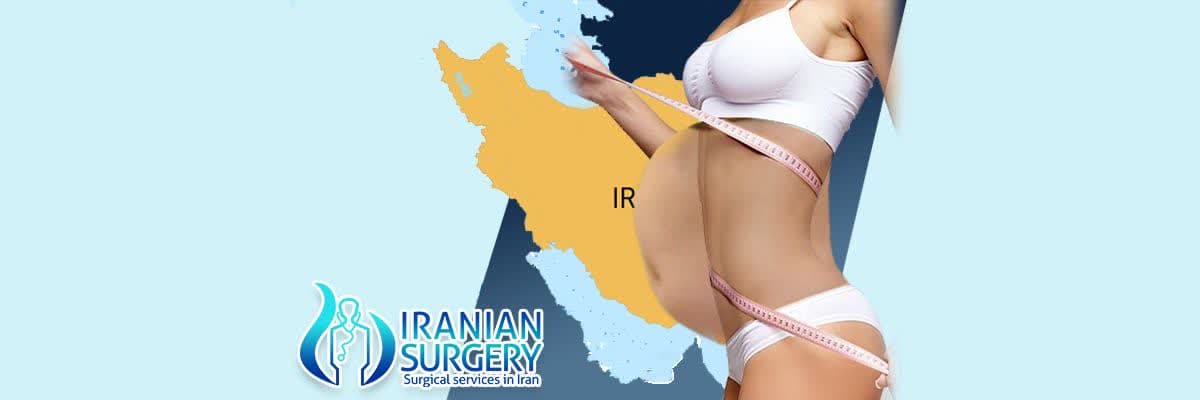
The following table describes general information about liposuction surgery in Iran including liposuction cost in Iran, recovery time, and to name but a few.
General Information |
|
Cost | $ 400- 4500 |
Anesthesia | General |
Hospital Stay | 1 Day |
Back to Work | 10 Days |
Duration of Operation | 1-4 Hours |
Minimum Stay in Iran | 7 Days |
Undoubtedly, Iran is the most professional country in Asia and one of the leading countries in the world for performing liposuction. Liposuction in Iran is performed in a completely specialized way and under the supervision of the professional doctors and in the most modern hospitals of Iran.
Before performing liposuction in Iran, you will do the necessary tests and then the necessary examinations are performed by an anesthesiologist. Therefore, there is no need to worry about your health condition after liposuction in Iran, because liposuction in Iran is performed by the best cosmetic surgeons and Anesthesiologists in the most specialized medical centers.
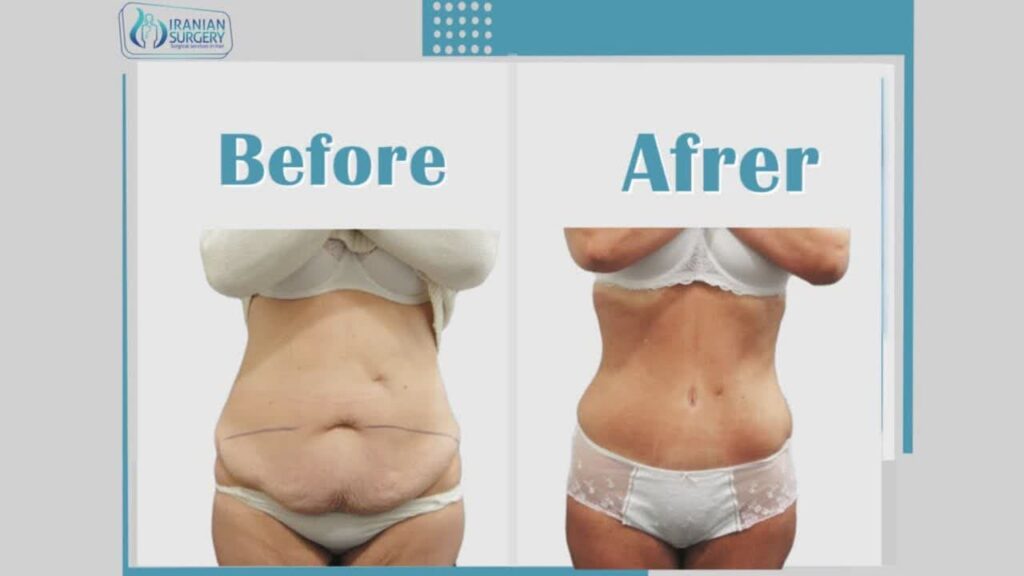
Read more about: Tummy tuck in Iran
Read more about : Lipomatic in Iran
Read more about : Vaser Liposuction in Iran
With Iranian Surgery the average cost of liposuction in Iran (with Best Plastic Surgeons) is between $ 400_ 4000 which includes the cost of Liposuction surgery, hospital and anesthesia, pre op tests, consultation, medication during hospitalization, checkup, follow up and compression garments.
Hi, my name is Parniyan, and I can help you with the information, prices and packages we offer regarding Liposuction in Iran via WhatsApp.
Here you can see reviews of liposuction patients in Iran
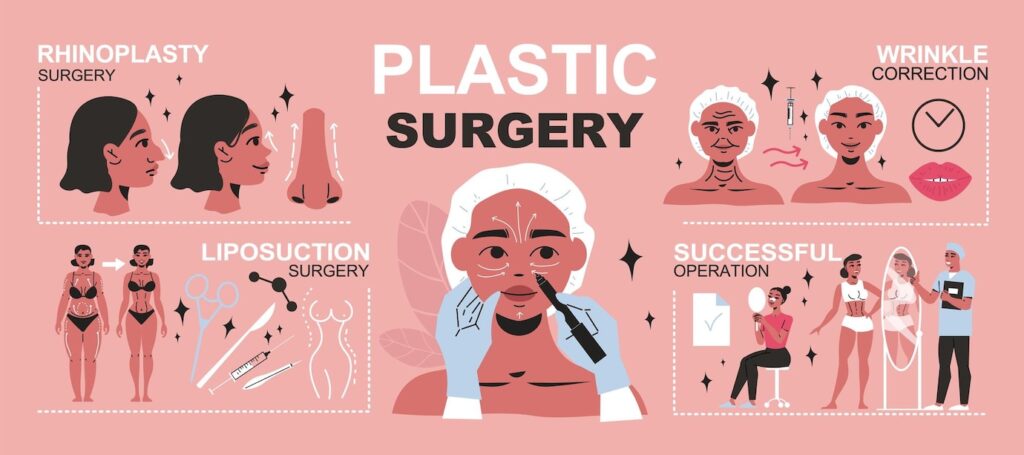
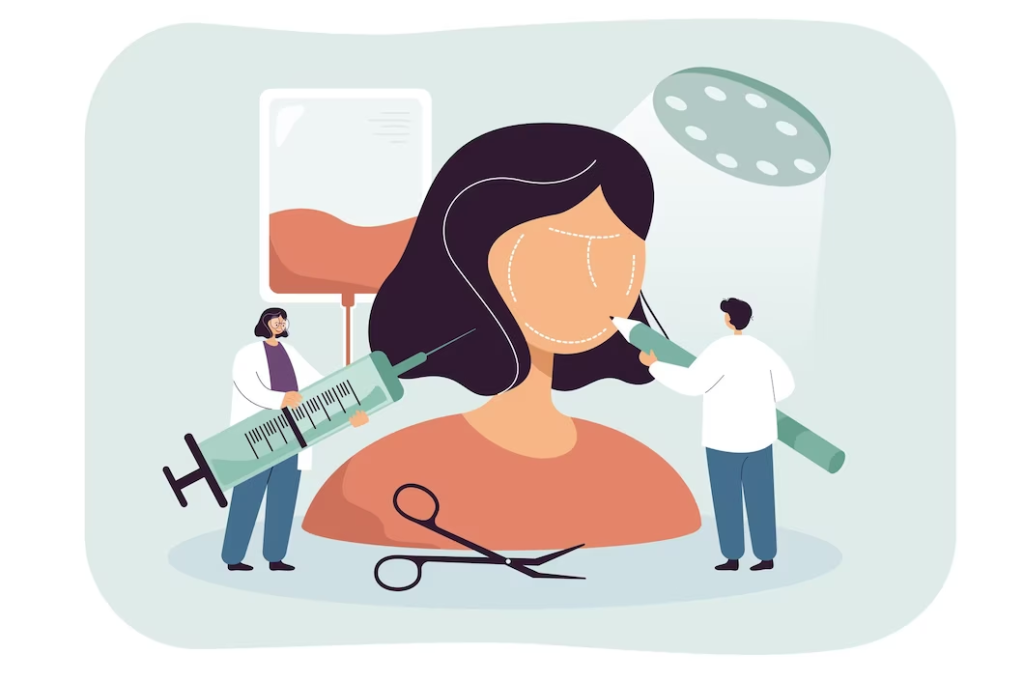
Arrival: We meet at the airport, take you to your hotel, and after some rest, the first appointment with your surgeon, X-ray or scans.
Arrival: We meet at the airport, take you to your hotel, and after some rest, the first appointment with your surgeon, X-ray or scans.


Aftercare and resting time, take your medication and do nose drops.
You have all day to yourself (you can go shopping, sightseeing walking, etc)


You have all day to yourself (you can go shopping, sightseeing walking, etc)
You have all day to yourself (you can go shopping, sightseeing walking, etc)


Second visit with the Doctor, removing the stitches and receiving instructions.
Departure

You have gathered your information about Liposuction in Iran, read our website, and familiarized yourself with the packages and facilities of Iranian Surgery. What are the next steps? Who are the top Liposuction surgeons in Iran? How to get the Visa? What will happen after booking?
Benefits of Liposuction in Iran
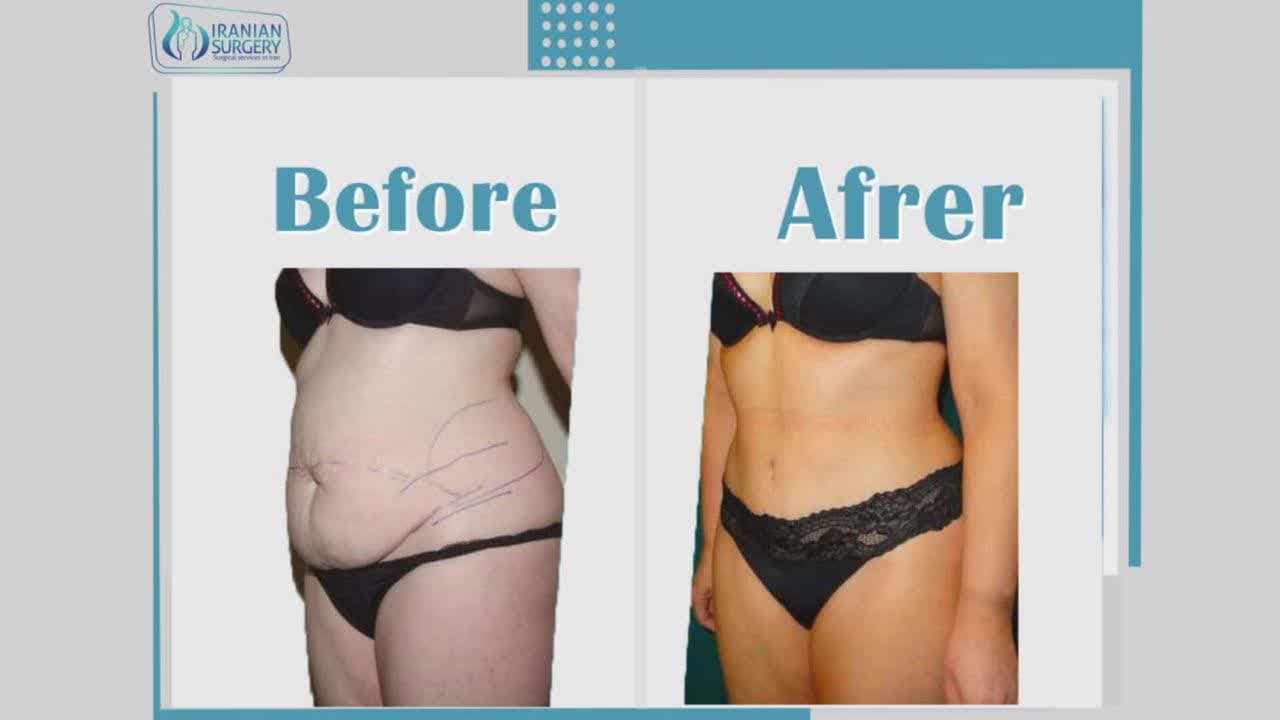
The merits of liposuction in Iran are as follows:
There are many factors that determine the overall liposuction cost, including:
The abdomen is one of the most common areas for liposuction. However, this can encompass multiple areas of the body. So even when a surgeon is doing just one area, there might be a number of smaller procedures making up the greater whole.
Your overall size and the size of the mass you want to remove are other main factors which affect the final liposuction cost.
|
Procedure |
Cost |
|
Vaser liposuction |
$1600 – 3300 |
|
Abdominal liposuction |
$1500 – 2400 |
|
Thighs liposuction |
$800 – 2000 |
|
Love handles liposuction |
$1000 – 2200 |
|
Calf liposuction |
$800 – 1400 |
|
Buttocks liposuction |
$1000 – 2500 |
|
Neck liposuction |
$1000 |
|
Liposuction (3 body areas) |
$1800 – 3000 |
|
Liposuction (5 body areas) |
$2200 – 4500 |
|
Liposuction + Tummy Tuck |
$1500 – 3200 |
In Iran, Liposuction is performed at a more affordable price compared to other countries. The price will be determined depending on various factors, including the cost of the doctor, hospital, clinic, and the amount of body fat in that area of the body. The cost of liposuction in Iran starts from $400 for each area (depending on the part of the body that needs liposuction). Due to the low cost of accommodation and medical services in addition to high quality, Iran has been able to take the first place in the list of countries that perform this cosmetic procedure.
Liposuction has recently become very popular around the world and this makes it difficult for patients to easily see a doctor, the good news is that the Iranian Surgery team can get the first appointments for you to make the whole process easier.
The Iranian Surgery team is always trying to make a memorable trip for you by providing excellent medical services.
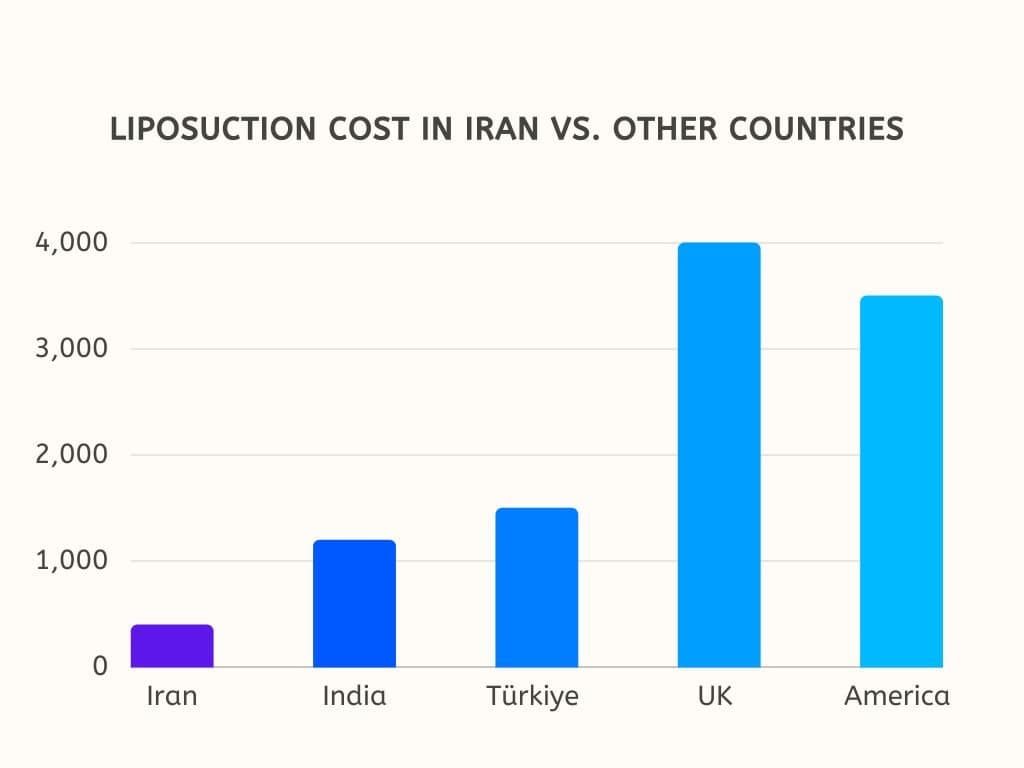
Since the surgeon’s skill is the most critical success factor in liposuction surgery, it is important that you know about the qualifications, training, and experience of your surgeon. Our advice is to look for physicians both board certified in plastic surgery and trained in plastic surgery institutions. A simple test to distinguish a qualified plastic surgeon is to check if they are willing to perform your procedure in an accredited hospital. This is because hospitals allow surgeons to perform only those procedures they are qualified to do.
our surgeons operate only in first-rate hospitals with modern medical facilities, and we follow all the safety procedures of the hospital. Besides, we know how to have access to the most experienced and qualified nurses and anesthesiologists available.
Liposuction surgeons in Iran can make your body more appealing. Liposuction surgeons in Iran can also help you make your final decision about which type of Liposuction is best for you. It is important that you seek the assistance of experienced and skilled Liposuction surgeons in Iran who have provided suitable conditions for people with limited budgets to undergo Liposuction in Iran easily. It is worth mentioning that the quality provided by Iranian surgeons is far higher than in other countries, including Turkey and India.
Liposuction surgeons in Iran, have performed numerous procedures annually which makes them more experienced than other countries’ plastic surgeons, due to the high demand and low cost of Liposuction in Iran, thousands of people travel to Iran every year to undergo Liposuction in Iran with the best Liposuction surgeons at an affordable price.
Factors that the best Liposuction surgeons should have:
Due to performing a great number of procedures, they become knowledgeable and highly skilled which makes them very famous worldwide.
It is of paramount importance that your surgeon be an expert in various types of Liposuction.
Liposuction in Iran is mainly performed in 3 major cities of Shiraz, Mashhad, and Tehran. In these cities, the cheapest liposuction procedure is double chin surgery, which costs $400, $600, and $800, respectively, while the most expensive liposuction in each of these cities is Lipo 360, which costs $2,300 in Shiraz, $3,500 in Mashhad, and $4,000 in Tehran.
Liposuction also known as Lipoplasty or Lipo is a surgical procedure that uses a suction technique to remove fat from specific areas of the body, such as the abdomen, hips, thighs, buttocks, arms or neck. Liposuction also shapes (contours) these areas.
In fact, Liposuction is a surgical procedure which removes the exercise and diet resistant stubborn fat from a person’s body and enhances its aesthetic appeal. The doctor puts a small, thin tube through very small cuts in the skin. Then the doctor moves the tube around under your skin to reach areas with more fat.
Liposuction is often combined with other procedures to create a desired shape and is one of the safest and most popular cosmetic procedures.
When to consider Liposuction
. If you have localized areas of fat deposits that are disproportionate with the rest of your body.
. If you would like more definition or a sleeker contour in certain areas of your body.
. If your skin elasticity is good (Liposuction removes fat, but does not tighten skin).
How do I prepare for a liposuction procedure?
Your surgeon will provide you with preoperative instructions, answer any questions you may have, take a medical detailed medical history and perform a physical exam to determine your fitness for surgery. You may also need to get certain lab tests before your procedure.
Before your liposuction procedure, the surgeon may mark circles and lines on the areas of your body to be treated. Photos also may be taken so that before and after images can be compared.
How your liposuction procedure is done depends on the specific technique that is used. Your surgeon will select the appropriate technique based on your treatment goals, the area of your body to be treated, and whether you have had other liposuction procedures in the past.
In advance of your procedure, your surgeon will ask you to:
. Stop smoking before undergoing surgery to better promote healing.
. Avoid taking aspirin, certain anti-inflammatory drugs and some herbal medications that can cause increased bleeding.
. Regardless of the type of surgery to be performed, hydration is very important before and after surgery for safe recovery.
. If your surgeon recommends weight benchmarks or lifestyle changes, do your best to achieve them to ensure the best results and minimize the chance of complications.
If your procedure requires the removal of only a small amount of fat, the surgery may be done in an office setting. If a large amount of fat will be removed — or if you plan to have other procedures done at the same time — the surgery may take place in a hospital followed by an overnight stay. In either case, arrange for someone to drive you home and stay with you for at least the first night after the procedure.
Your liposuction surgery may be performed in an accredited hospital, free-standing ambulatory facility or office-based surgical suite. Most lipoplasty procedures take ninety minutes or less to complete but may take longer depending on how much fat is removed and the number of liposuction sites. If multiple sites on both sides of the body are suctioned, the procedure could take over three hours.
. You will receive medications to make you as comfortable as possible during the surgical procedure. Frequently, local anesthesia and intravenous sedation are used for patients undergoing liposuction, although general anesthesia is sometimes desirable.
. For your safety during the operation, various monitors are used to check your heart, blood pressure, pulse and the amount of oxygen circulating in your blood.
. Your plastic surgeon will follow the surgical plan discussed with you before surgery. Once the operation has begun, he or she may decide to combine various techniques or change a technique to ensure the best result. It is important that you feel comfortable and trust your doctor to make these decisions.
. After surgery, you will be taken into a recovery area where you will continue to be closely monitored. You will most likely be wearing a compression garment to help “shrink” the skin. Many patients state that the area feels sore, as if they underwent a vigorous workout.
In general, good candidates for a liposuction include:
. You are physically fit, no more than 20 pounds overweight, and your weight is stable. If you are planning to lose a significant amount of weight or even gain weight (for example, due to pregnancy), this is not the time to undergo liposuction.
. Healthy individuals who do not have a life-threatening illness or medical conditions that can impair healing.
. Nonsmokers
. Individuals with a positive outlook and specific goals in mind for body contouring
. Individuals with a minimal amount of excess skin and good skin elasticity. Loss of skin elasticity with age can compromise lipoplasty results, but if your skin maintains elasticity, age alone is not a contraindication for liposuction surgery.
. Concentrated pockets of fat that do not respond well to diet and exercise, If you are bothered by excess fat deposits located anywhere on your body that don’t respond to diet or exercise, liposuction may be right for you.
Keep in mind that liposuction does not remove cellulite and cannot tighten loose skin. Your surgeon will be able to recommend other procedures to improve those conditions.
. If you are not healthy, you may be at greater risks for liposuction complications than a healthy person. For example, there is an increased risk of surgical complications associated with a past medical history of immunodeficiency disorders, cardiac arrhythmias, seizure disorders, excessive bleeding, or a significant history of deep vein thrombosis (blood clots in the legs) or pulmonary emboli (blood clots in the lungs).
. If you are taking certain drugs that may increase the risk of bleeding such as aspirin, non-steroidal anti-inflammatory drugs (NSAIDs), or anticoagulants such as Coumadin (warfarin), then liposuction would not be safe.
. If you are taking certain drugs that inhibit the metabolism of lidocaine, the local anesthetic used in the tumescent technique, then you might be at an increased risk of drug interactions, unless you can discontinue the drug(s) at least two weeks before surgery.
. You will be disappointed if you expect liposuction to be an effective means to lose weight permanently. Liposuction is not proven to be an effective treatment for obesity.
. Patients with poor skin quality (cellulite) are not good candidates for liposuction, as they may develop skin irregularities from under- or overcorrection of localized fat deposits. However, in many cases, patients with poor skin elasticity are very happy with their new shape despite the slight wrinkled appearance of the skin.
. Individuals suffering from health problems such as diabetes, blood pressure and heart problems should also refrain from the surgery as their medical condition can interfere with their healing.
. In order to undergo liposuction, a patient must at least be 18 years of age or older.
. Generally, women who are pregnant and nursing should avoid the surgery as the anesthetic can affect the foetus negatively.
Pros:
. A liposuction procedure results in safe removal of fat and cellulite from the body.
. It gives the person the desired body appearance and size. (Will make your clothes fit better and your body appear slimmer).
. The patient gets the benefit of improved health and prevention of further health related diseases due to excess weight.
. Liposuction is an easy way to sculpt a body part that exercise or diet cannot impact.
. The procedure boosts self-esteem and enhances body image.
. Permanent results. The effects of a liposuction are long lasting.
. Uses small, minimally invasive incisions, which result in smaller scars than open body contouring procedures.
Cons:
. Although liposuction is a popular cosmetic procedure, it is also carried out to treat medical conditions like lipomas (benign fatty tumors), gynecomastia, lymphedema and lipodystrophy syndrome.
. In some situations liposuction might result in damage to the skin in the form of marks, pain, swelling and bruises. However, these are temporary effects and subside early.
. Results may be affected by weight gain, aging and pregnancy.
. Liposuction is not meant to improve the look of cellulite or loose skin.
. You may need to lose weight to be a better candidate for liposuction.
Risks and Side effects
As with any major surgery, liposuction carries risks, such as bleeding and a reaction to anesthesia. Possible complications specific to liposuction include:
. Contour irregularities. Your skin may appear bumpy, wavy or withered due to uneven fat removal, poor skin elasticity and unusual healing. These changes may be permanent. Damage beneath the skin from the thin tube (cannula) that’s used during liposuction may give the skin a permanent spotted appearance.
. Fluid accumulation. Temporary pockets of fluid (seromas) can form under the skin. This fluid may need to be drained with a needle.
. Numbness. You may feel temporary or permanent numbness in the affected area. Temporary nerve irritation also is possible.
. Infection. Skin infections are rare but possible. A severe skin infection may be life-threatening.
. Internal puncture. Rarely, a cannula that penetrates too deeply may puncture an internal organ. This may require emergency surgical repair.
. Fat embolism. Pieces of loosened fat may break away and become trapped in a blood vessel and gather in the lungs or travel to the brain. A fat embolism is a medical emergency.
. Kidney and heart problems. Shifts in fluid levels as fluids are being injected and suctioned out can cause potentially life-threatening kidney, heart and lung problems.
. Lidocaine toxicity. Lidocaine is an anesthetic often administered with fluids injected during liposuction to help manage pain. Although generally safe, in rare circumstances, lidocaine toxicity can occur, causing serious heart and central nervous system problems.
. Irritation and minor scarring around the incisions are also temporary side effects of the surgery. Avoid rubbing the incisions.
. More serious threats include permanent change in skin colour and damage to nerves and skin. However, these are extremely rare and if a qualified surgeon is chosen to perform the procedure, safe results will follow.
The risk of complications increases if the surgeon is working on larger surfaces of your body or doing multiple procedures during the same operation. Talk to your surgeon about how these risks apply to you.
What is the success rate of liposuction?
The success rate of liposuction in Iran is above 90%. This shows that you have had a great chance to lose weight successfully.
During Liposuction Surgery
How is a liposuction procedure performed?
For the liposuction surgery, very small incisions are made at the place from where the fat is to be removed and then a narrow tube called cannula is inserted into a small incision nearby the targeted area. Next, this tube is attached to a strong vacuum which is drawn back and forth within the excess fat in order to draw it out while keeping the blood vessels and nerves intact.
Some liposuction procedures may require only local anesthesia and intravenous sedation limited to a specific area of your body. Other procedures may require general anesthesia, which induces a temporary state of unconsciousness.
The surgical team will monitor your heart rate, blood pressure and blood oxygen level throughout the procedure. If you are given local anesthesia and feel pain during the procedure, tell your surgeon. The medication or motions may need adjustment.
The procedure may last up to several hours (usually takes between one and four hours), depending on the extent of fat removal.
If you’ve had general anesthesia, you’ll wake in a recovery room. You’ll typically spend at least a few hours in the hospital or clinic so that medical personnel can monitor your recovery. If you’re in a hospital, you may stay overnight to make sure that you’re not dehydrated or in shock from fluid loss.
Type of liposuction surgery
. Tumescent liposuction. This is the most common type of liposuction. The surgeon injects a sterile solution — a mixture of salt water, which aids fat removal, an anesthetic (lidocaine) to relieve pain and a drug (epinephrine) that causes the blood vessels to constrict — into the area that’s being treated. The fluid mixture causes the affected area to swell and stiffen.
The surgeon then makes small cuts into your skin and inserts a thin tube called a cannula under your skin. The cannula is connected to a vacuum that suctions fat and fluids from your body. Your body fluid may be replenished through an intravenous (IV) line.
. Ultrasound-assisted liposuction (UAL). This type of liposuction is sometimes used in conjunction with traditional liposuction. During UAL, the surgeon inserts a metal rod that emits ultrasonic energy under your skin. This ruptures the fat-cell walls and breaks down the fat for easier removal.
A new generation of UAL called VASER-assisted liposuction uses a device that may improve skin contouring and reduce the chance of skin injuries. VASER, is an ultrasonic cannula with several grooves that evenly disperse the energy, improving fat disruption and removal.
. Laser-assisted liposuction (LAL). This technique uses high-intensity laser light to break down fat for removal. During LAL, the surgeon inserts a laser fiber through a small incision in the skin and emulsifies fat deposits. The fat is then removed via a cannula.
. Power-assisted liposuction (PAL). This type of liposuction uses a cannula that moves in a rapid back-and-forth motion. This vibration allows the surgeon to pull out tough fat more easily and faster. PAL may sometimes cause less pain and swelling and can allow the surgeon to remove fat with more precision. Your surgeon may select this technique if large volumes of fat need to be removed or if you’ve had a previous liposuction procedure.
. Suction-assisted liposuction (SAL). The most traditional form of liposuction, draws fat out with a vacuum.
After Liposuction Surgery
Aftercare and Recovery
Your surgeon will discuss how long it will be before you can return to your normal level of activity and work. After surgery, you and your caregiver will receive detailed instructions about your post-surgical care, including information about:
. Drains, if they have been placed
. Normal symptoms you will experience
. Any potential signs of complications
Immediately after your liposuction surgery
. The incisions where the doctor inserted the cannula may be leaky or drain fluids for several days. In some cases, the doctor may insert a drainage tube to drain fluid away from the wound.
. You will wear special tight garments to keep your skin compressed. Your doctor will tell you how long to wear these, usually for weeks. Some doctors provide these garments but others will tell you where to purchase them before your surgery.
. When the anesthesia wears off, you may have some pain. If the pain is extreme or long-lasting, contact your physician. You will also have some redness and swelling after the surgery. In some cases, the swelling will remain for weeks or even months. Contact your surgeon to find out if your pain, redness and swelling is normal or a sign of a problem.
Recovery time frame after liposuction
It is vitally important that you follow all patient care instructions provided by your surgeon. This will include information about wearing compression garments, taking an antibiotic to reduce the risk of infection, if prescribed, and the level of activity that is safe. Your surgeon will also provide detailed instructions about the normal symptoms you will experience and any potential signs of complications. It is important to realize that the amount of time it takes for recovery varies greatly among individuals.
The first two weeks
. The first few days after surgery, you should rest quietly. Elevate the affected body part if possible. Remember, you must not take aspirin or certain anti-inflammatory medications. You will most likely wear a postsurgical garment; if it is too tight, notify your surgeon.
. The first 48 hours after surgery, you will experience varying degrees of swelling and bruising. The swelling is maximal at 48 hours after surgery and mostly disappears within two to three weeks, but there may be slight residual swelling for up to four months. Bruising is normal and typically disappears within seven to ten days.
. Sutures, if placed, are usually removed seven to ten days after liposuction.
. Do not smoke after your liposuction surgery to prevent coughing and bleeding. Do not drink alcohol for five days after surgery or while you are taking pain medication.
. Avoid straining, bending over and lifting during the early post-operative period. In many cases, you will be able to resume most of your normal activities within ten days or less.
. Discomfort after liposuction is generally limited to soreness rather than pain. Pain medications are prescribed to lessen any discomfort during the first few days.
. How long it will be before you are able to return to work will depend on a number of factors, such as the type of job that you do, how much of your body was treated, the area of liposuction and how much of fat is reduced. However, Patients usually are able to return to their work after 7 days, but to be on a safer side, one should take rest for at least 10 days.
. Iranian plastic surgeons highly recommend that you should avoid using airplane until 7 days after liposuction in Iran.
. The patient is required to keep the incisions clean by washing them with soap and water and showering daily.
. Application of ice packs, heating pads and bandages is not allowed on the treated areas during the recovery stages.
Weeks two to six
. It is important to ambulate (walk) as soon as possible after liposuction to discourage swelling and prevent blood clots in the legs. However, avoid strenuous exercise for four to six weeks because it can trigger unnecessary fluid retention in the treated areas.
. You should wait a minimum of six weeks before exposure to sun and heat, including sunbathing, because of the possibility of swelling.
. You will wear a compression garment over the treated areas for four to six weeks to control swelling and promote skin contraction.
Long-term recovery
Since the healing process is gradual, you should expect to wait at least several months to get an accurate picture of the results of your surgery. The small incisions used for access will fade over a number of months, usually becoming barely visible. For six to nine months, you may experience a fluctuating return of ten to 15 percent swelling with exercise or excessive activity. It is important to see your doctor as scheduled. Follow-up visits will continue for several weeks and then after several months at prescribed intervals.
What is the post-operative diet for a Liposuction?
. If the patient has undergone the surgery with local anesthesia, s/he can resume his usual diet almost immediately.
. A well-balanced diet rich in nutrients, proteins and carbohydrates is advised.
. Fruits and vegetables are a must.
. Lessening of sodium or salt in food after the procedure is advised to lessen edema (fluid build-up) in the body.
. It is also important to stay hydrated. Therefore, the patient must drink plenty of water and stay off soft drinks.
How long will the results last?
The results of liposuction surgery are technically permanent because fat cells have been removed. However, your body shape and contours might be affected by weight gain, aging, pregnancy, family genes and lifestyle factors.
It is crucial to maintain healthy habits and a stable weight to maintain liposuction results. Following liposuction, if you continue to eat excess calories, fat will no longer be stored in the cells that have been removed, but will be stored in other body areas.
There is no way to predict where your body will store new fat. What’s more, your surgeon will not remove all of the fat cells from your target area, so you could still increase the size of remaining fat cells in that area.
What will my liposuction incisions and scars be like?
. Because liposuction incisions are small, the scars are also small.
. The amount or degree of scarring depends on the surgeon’s technique and your genetic tendencies.
. Most lipoplasty scars fade and are barely perceptible over time. Visible scars are more likely when large liposuction cannulas are used and in patients who have darkly pigmented skin.
. There are two types of marks that can remain on the skin after liposuction. One is a true scar and the other is known as dyschromia, which is a dark (hyperpigmented) or light (hypopigmented) spot on the skin.
. Generally, the incisions are very small and placed in hidden areas. Sometimes, depending on the area, the incisions cannot be hidden.
How much fat can I lose in a liposuction surgery?
The doctors cannot remove more than five liters, which is roughly equivalent to 11 pounds of fat. Fat, if removed in excess, can lead to serious complications. Liposuction should not be seen as a way of losing weight, but as a way of improving body contour.


